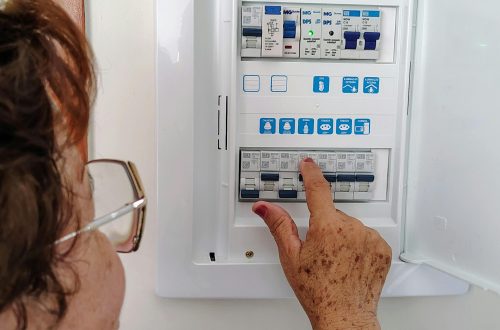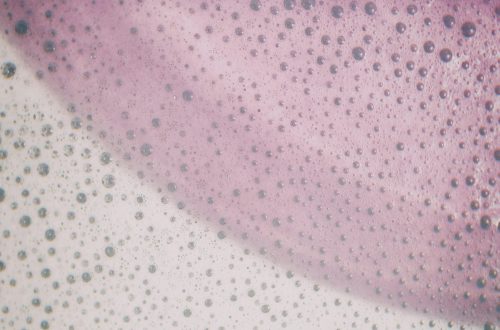Keeping your home in top condition requires regular attention and care. A well-maintained home not only looks better but also prevents costly repairs down the line. By following a simple monthly home maintenance checklist, you can ensure your living space remains safe, efficient, and comfortable all year round. Here’s a detailed guide to help you stay on track.
1. Inspect and Maintain HVAC Systems
Your heating, ventilation, and air conditioning (HVAC) system plays a crucial role in maintaining indoor comfort. Monthly maintenance can extend its lifespan and improve efficiency.
Change or Clean Air Filters
Dirty air filters restrict airflow, forcing your HVAC system to work harder. Replace disposable filters or clean reusable ones every month, especially during peak usage seasons.
Check Thermostat Settings
Ensure your thermostat is functioning correctly and set to an energy-efficient temperature. Consider upgrading to a programmable or smart thermostat for better control.
Inspect Vents and Ducts
Remove dust and debris from vents and ensure furniture or curtains aren’t blocking airflow. Look for leaks or damage in ductwork that could reduce efficiency.
2. Test Safety Devices
Safety should always be a priority in your home. Monthly checks on safety devices can prevent accidents and ensure they work when needed.
Smoke and Carbon Monoxide Detectors
Test all smoke and carbon monoxide detectors by pressing the test button. Replace batteries if needed, and vacuum the units to remove dust that could interfere with sensors.
Fire Extinguishers
Check the pressure gauge on your fire extinguisher to ensure it’s in the green zone. Inspect for visible damage and ensure it’s easily accessible in case of an emergency.
Emergency Lights
Test any emergency or backup lighting systems to confirm they’re operational. Replace bulbs or batteries as necessary.
3. Plumbing and Water Systems
Leaks and water damage can lead to expensive repairs. A monthly plumbing check helps catch issues early.
Check for Leaks
Inspect under sinks, around toilets, and near appliances like dishwashers and washing machines for signs of leaks. Look for water stains or dampness.
Test Water Pressure
Low or excessively high water pressure can indicate plumbing problems. Use a pressure gauge on an outdoor faucet to ensure it’s within the recommended range (40-60 psi).
Clean Drains
Prevent clogs by pouring a mixture of baking soda and vinegar down drains, followed by hot water. Avoid chemical drain cleaners, which can damage pipes.
4. Exterior and Structural Checks
The exterior of your home shields you from the elements. Monthly inspections help maintain its integrity.
Roof and Gutters
Look for missing or damaged shingles and signs of wear on the roof. Clean gutters and downspouts to prevent water buildup, which can lead to leaks or foundation damage.
Windows and Doors
Check for drafts around windows and doors. Replace weatherstripping if needed to improve energy efficiency. Inspect locks and hinges for proper function.
Foundation and Walls
Walk around your home to look for cracks in the foundation or exterior walls. Small cracks can be sealed with caulk, but larger ones may require professional attention.
5. Appliance and System Maintenance
Regular upkeep of appliances and home systems ensures they run efficiently and last longer.
Refrigerator Coils
Dust and dirt on refrigerator coils can reduce efficiency. Vacuum the coils monthly to keep your fridge running smoothly.
Dryer Vent
Lint buildup in the dryer vent is a fire hazard. Clean the lint trap after every use and inspect the vent hose monthly for blockages.
Water Heater
Check the temperature setting on your water heater (120°F is ideal for energy efficiency). Inspect for leaks or rust around the tank.
Conclusion
A monthly home maintenance checklist is a small investment of time that pays off in the long run. By staying proactive, you can prevent major repairs, improve energy efficiency, and create a safer, more comfortable living environment. Make these tasks a habit, and your home will thank you for years to come.






